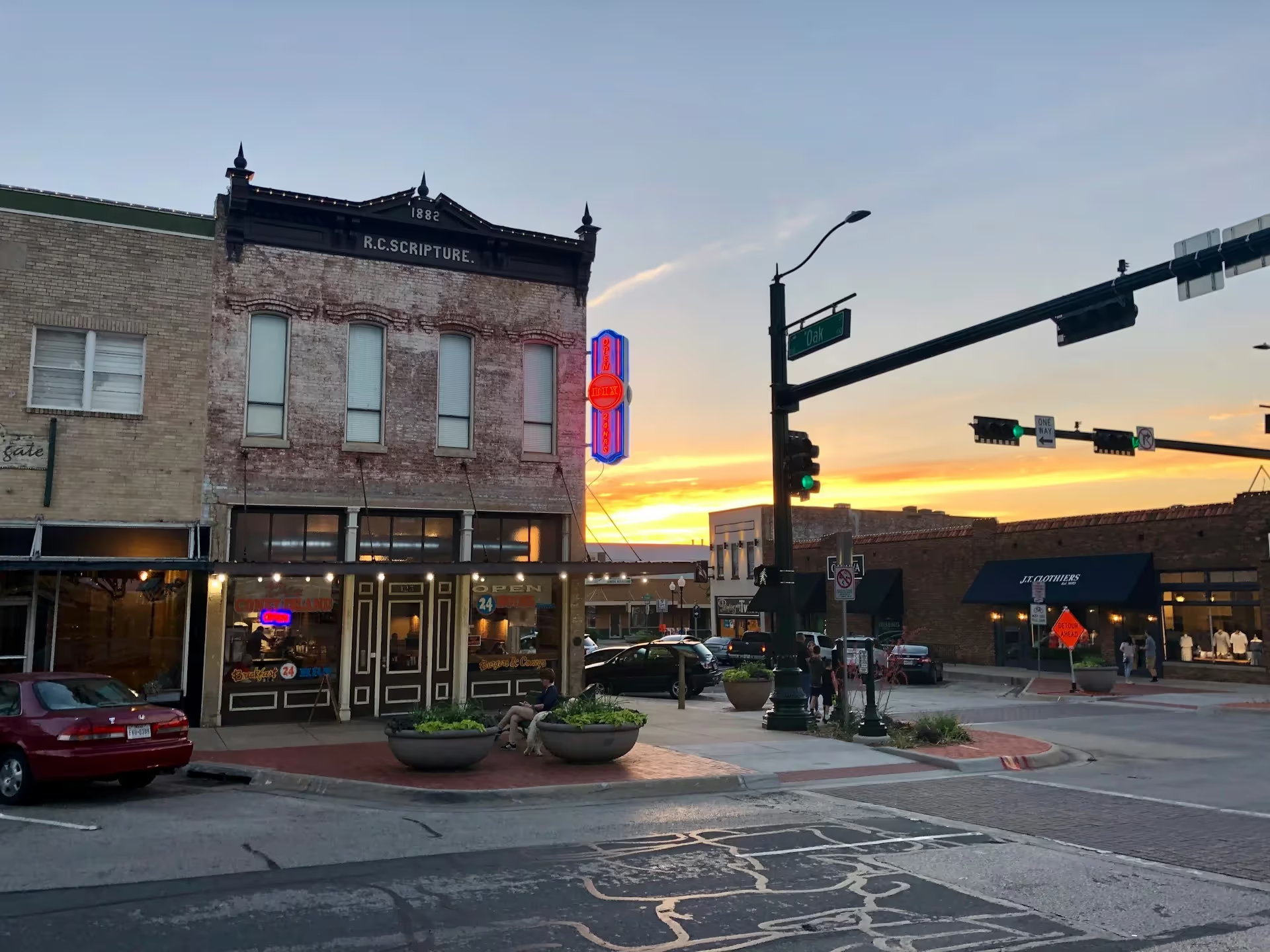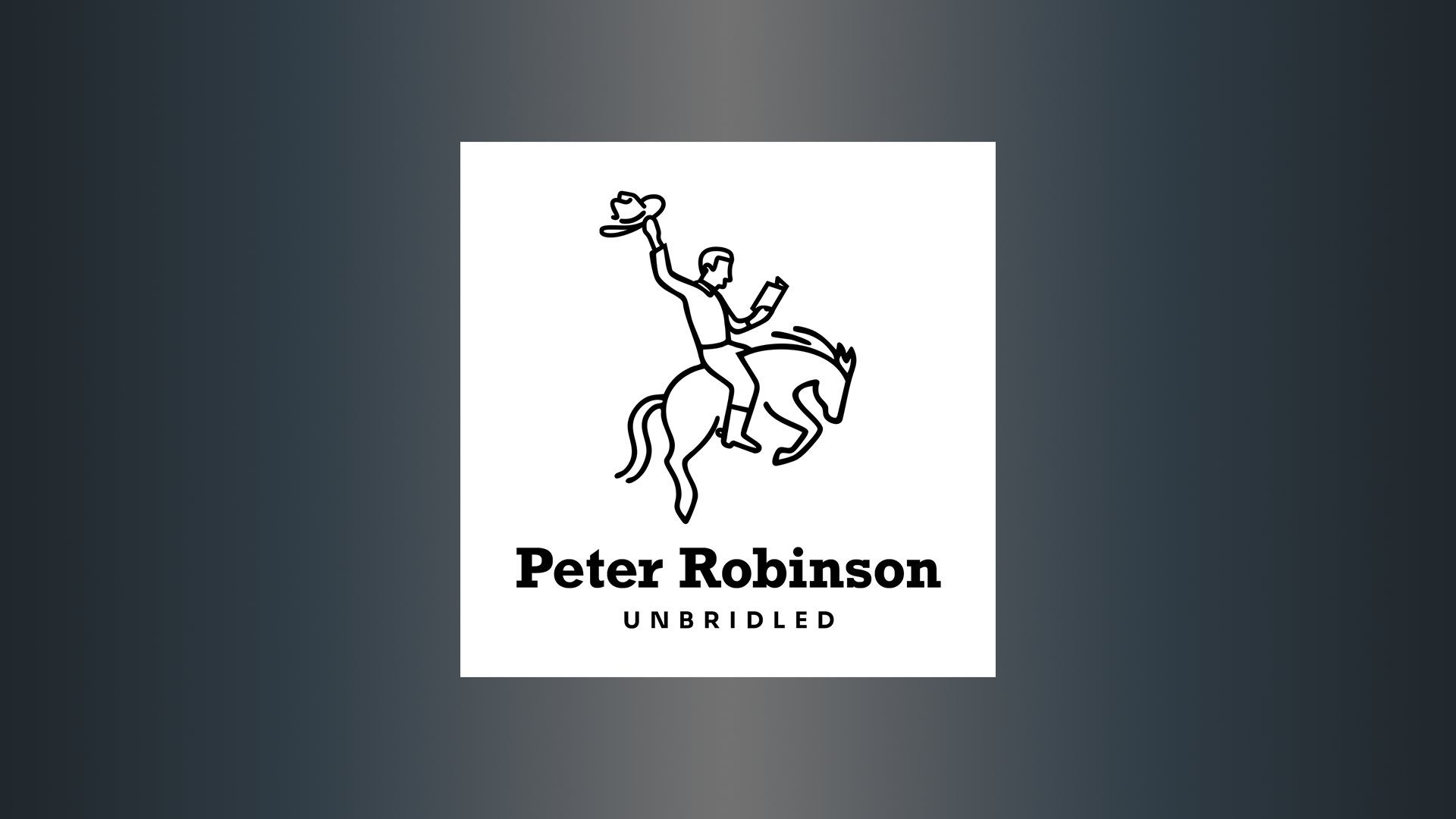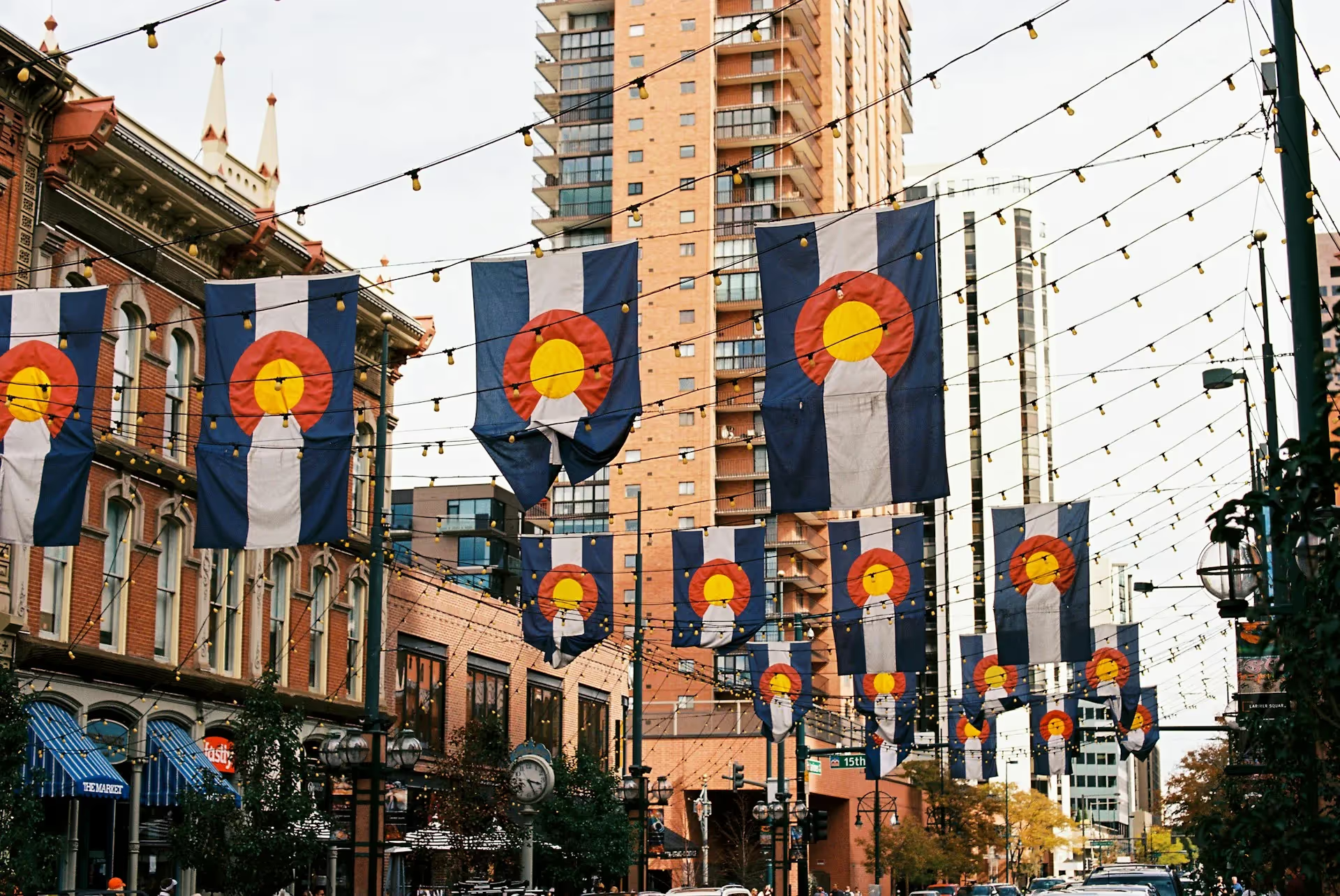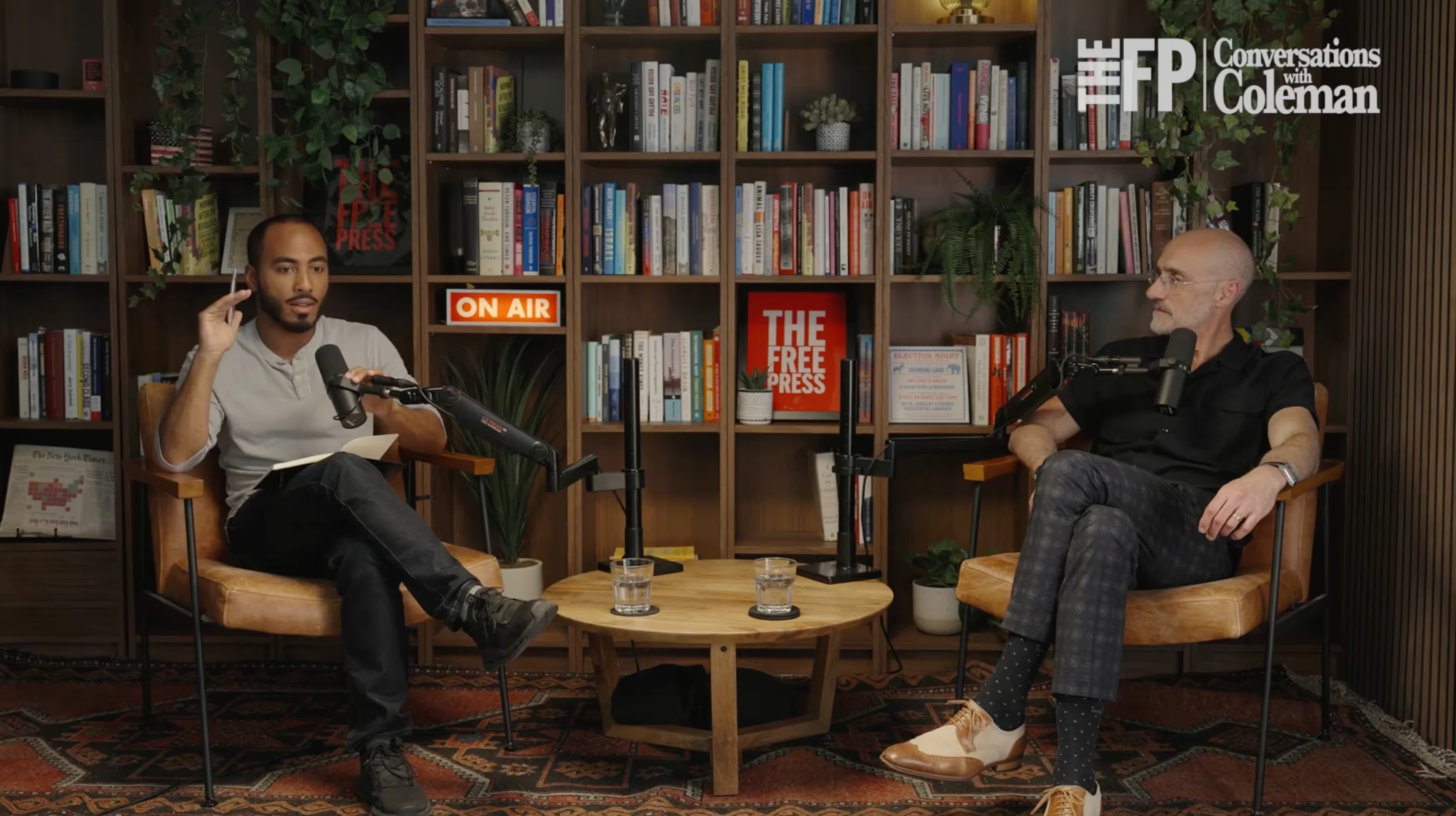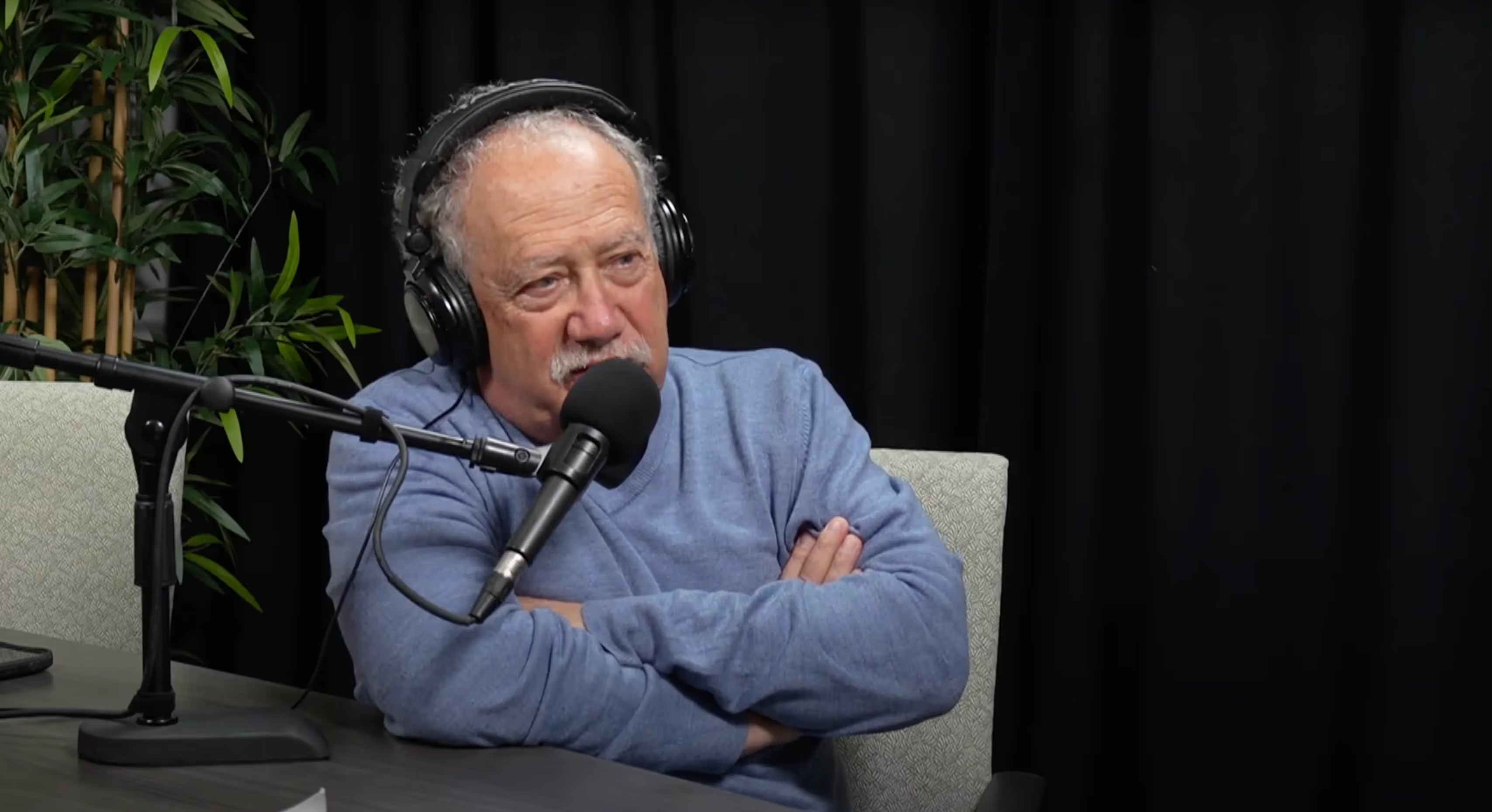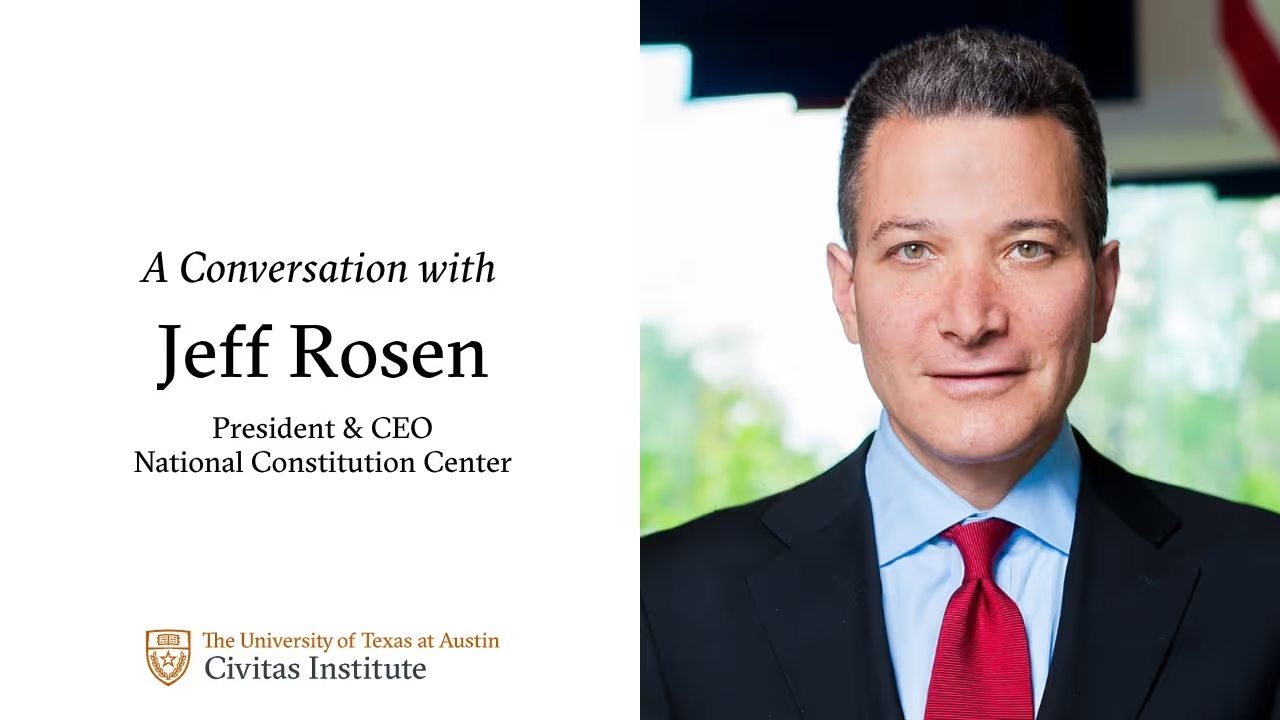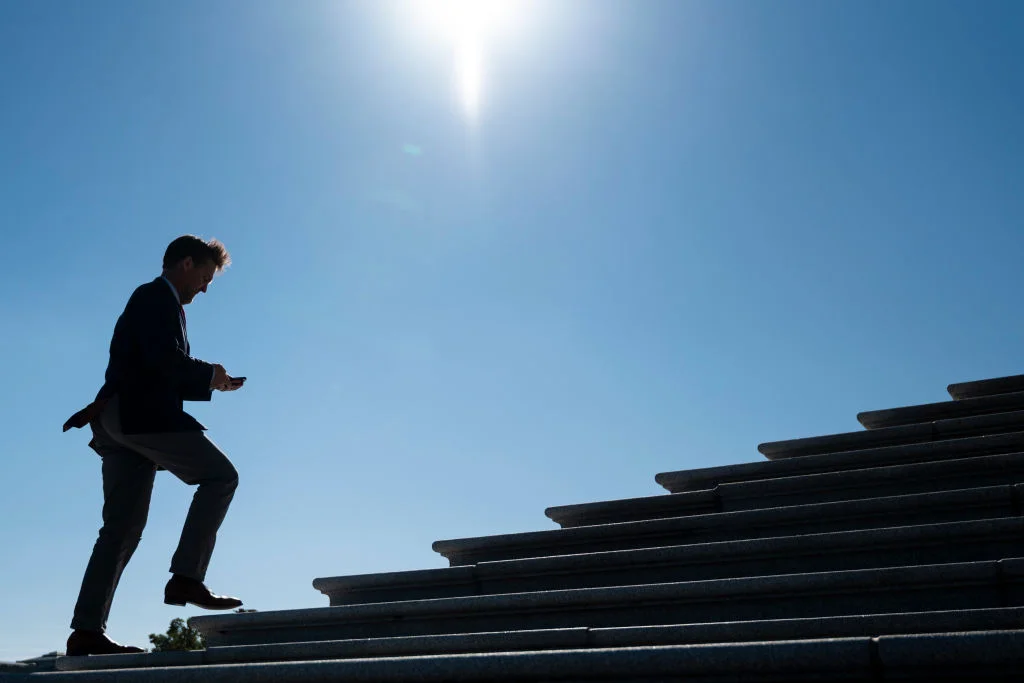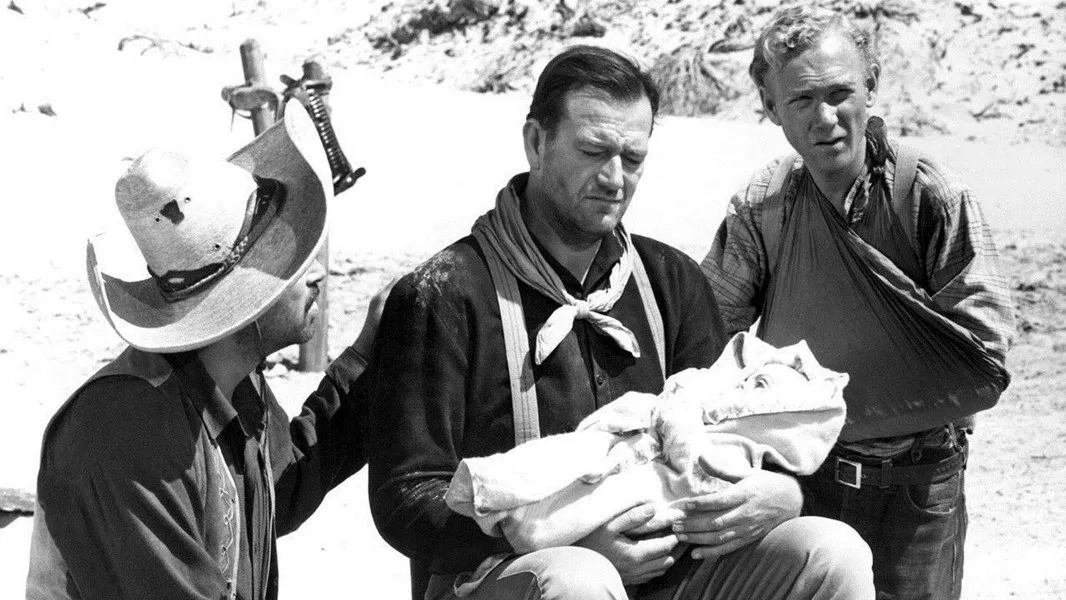
The French Origins of Urban Renewal
How Paris’s transformation under Napoleon III and Baron Haussmann set the stage for urban renewal’s triumphs and tragedies in the decades to follow.
Urban renewal efforts were a hallmark of American urban planning in the 20th century. While idyllic urban planners sought to modernize cities with revitalized downtowns filled with gleaming skyscrapers and monumental architecture, the reality of these efforts was far different from the paradisal visions of their architects. Thriving working-class neighborhoods were razed, minority and low-income households were displaced on a massive scale, and intricate community bonds built over generations were torn apart in the name of ‘revitalization’ and ‘slum clearance.’ These patterns, however, did not emerge from nowhere. Instead, efforts like the City Beautiful Movement or urban planners like Daniel Burnham and Frederick Olmsted were following a template established over a hundred years earlier in the Second French Empire, where Emperor Napoleon III and his chief architect, Baron Haussmann, pioneered the art of state-sponsored demolition, displacement, and top-down planning in the name of grander visions of urban modernity in a city many today consider to be a pinnacle of cosmopolitan beauty: Paris.
Medieval Paris: A City in Crisis
Before the endless boulevards, cafes, parks, and architectural monuments, Paris was, by all accounts, a foul-smelling, overcrowded, and unsanitary medieval nightmare filled with narrow, winding streets. Conditions in districts like the Île de la Cité and Quartier des Arcis were particularly dire, with sunlight barely reaching their alleyways. Raw sewage that stank to heaven flooded through the streets, and centuries-old infrastructure collapsed under the weight of a population that doubled from 1815 to 1850. By 1848, more than a third of the city’s 1,000,000 residents lived in an area not even twice the size of Central Park. French writers from Victor Considerant to Voltaire frequently decried France’s putrid conditions, recounting that the city was an “immense workshop of putrefaction, where mystery, pestilence, and sickness work in concert” with markets “established in narrow streets, showing off their filthiness, spreading infection and causing continuing disorders.” Paris also suffered from two separate bouts with cholera that killed 40,000 citizens, and two overthrown kings from two violent revolutions, with dissidents frequently transforming the city’s narrow streets into impenetrable barricades across its impassable labyrinths.
It became grossly apparent that Paris was in desperate need of change, and a man with the vision and means to do it. That man was Charles-Louis Napoleon Bonaparte. “I want to be a second Augustus,” he proclaimed. “Because Augustus… made Rome a city of marble.” In the following decades, Louis transitioned from a prison cell in 1842 to the presidency in 1848, and to the throne as Emperor Napoleon III after a coup d'état in 1851.
Napoleon Meets His Master Builder
Rebuilding Paris was an immense and complicated operation, unmatched by any historical standard. While Napoleon III had the power necessary to implement his vision for a modern Paris after dissolving the national assembly in 1852, he lacked the administrative expertise required to turn his grand ideas into bricks, boulevards, and bridges. To fulfill his ambitions, he needed an equally ambitious man to carry them out and ensure their success. He found that man in Baron Georges-Eugene Haussmann.
Napoleon gathered specialists from across the empire to assist him with his project, but when he first met Haussmann, the emperor realized that he had in front of him “one of the most extraordinary men of [our] time; big, strong, vigorous, energetic… clever, and devious, with a spirit full of resources.” Despite having no training in architecture or urban planning, Haussmann was commissioned by Napoleon to remake Paris in 1853. Empowered by new expropriation laws that granted him expanded authority to seize land without parliamentary insight and the help of architects like Cesar Daly, Haussmann began the remarkable 17-year public works project to rebuild Paris.
Remaking Paris
Paris’s drastic transformation, often termed “Haussmannization,” was unprecedented in scope. It featured a new architectural uniformity, where buildings were treated as pieces in a broader urban landscape reminiscent of the systematic, rectilinear grid urban planning of the Romans. Haussmannian buildings obeyed strict building codes featuring five floors, extended balconies, four-sided mansard roofs at 45-degree angles, and a maximum height set at 17.55 to 20 meters. This new, sleek, elegant, stone building style, coupled with wide axial avenues and treelined percees, cut diagonally through the city’s massive blocks of housing and radiated from the city’s cultural centers, like the Arc de Triomphe. These broader patterns of development are known today as “Haussmann Blocks.”
Over the next several years, Haussmann and his army of 60,000 workers demolished 20,000 buildings containing 120,000 lodgings and razed entire quarters of the city. In their place arose 34,000 new ‘Haussmann-style’ buildings, which included 70 schools, 50 churches, two large hospitals, seven markets and public attractions, and 215,000 lodgings.
To combat the scarcity of green spaces, Haussmann constructed 2000 hectares of public parkland. To relieve the city’s notorious congestion and barricade-prone alleyways, he bulldozed Paris’s cramped, winding streets lined with medieval buildings and built 85 miles of wide boulevards and avenues along with 400 miles of new pavements. To eradicate the stench and disease bred by waste left on the streets, he laid 240 miles of sewers, aqueducts, and waterways. To improve nighttime visibility and safety, he raised 15,000 new gas lamp posts. To improve the city’s transportation infrastructure, he constructed numerous public transit stations, such as a rebuilt Gare du Nord, Gare Saint-Lazare, and Gare de ‘l'Est. To reinforce Paris’s cultural identity, he built several opulent landmarks, like the Opéra Garnier and Saint-Augustin, and refurbished numerous others, like Les Halles and the Hôtel-Dieu de Paris.
Haussmann’s multifaceted projects drastically changed the entire feeling and experience of the city and recalled the grandeur of ancient Greece and Rome. The core of the city transformed from a crowded slum with 14,000 inhabitants into a newer, revitalized public center.
Beyond the Façade
Despite its benefits, Haussmannization exacted a heavy toll on the people of Paris, and a closer look into its underpinnings exposes a project driven by self-serving agendas rather than the public good. The duo initially presented their urban renewal as a project that would bring light, air, clean water, and good sanitation to the diseased city. However, beneath the facade of progress and modernization lurked motives tied to authoritarian control, social engineering, and elite profiteering.
Haussmann and Napoleon III understood that turning Paris into a titanic construction site for 17 years would garner significant public backlash and require justification through a sophisticated public relations campaign. A crucial component of this effort was Charles Marville, a photographer commissioned to document the city’s transformation by creating “before” and “after” images of underinvested ancienne neighborhoods that Haussmann planned to remove. Marville’s work showcased the cramped, unsanitary medieval streets of Paris being replaced by gleaming boulevards and buildings as part of a carefully curated propaganda campaign employed by Napoleon III to legitimize his project, notably framing slum clearance, economic segregation, and expanded military control as public health issues.
While Haussmann built extensively, his Paris was also constructed predominantly for the elites with little regard for working-class neighborhoods. Hundreds of miles of sewers were built, but city workers suffered grievously from uneven water distribution. The vast majority of Paris’s 20,000 cesspools were in working-class areas where landlords refused to install the systems. Its new transportation system primarily served residents of the glittering new boulevards. Even his elegant urban facades and architectural marvels were mainly built over lower-income housing units, displacing upwards of 350,000 residents, forcing them out of the city center towards the outlying areas like Belleville.
To manage this mass displacement, Haussmann and Napoleon III annexed several suburban communes, enlarging the capital from 12 to 20 arrondissements and more than doubling the area of the city. These annexed suburbs became new homes for displaced workers. Urban renewal in Paris, rather than solving the problem of urban density, outsourced it to the poorest districts in the city and did nothing to solve the immediate predicament of the poor—their poverty. Haussmann justified this targeted slum clearance, crudely remarking that “it is easier to cut through the center of the pie than through the crust.” Haussmann’s reputation for bulldozing poorer neighborhoods earned him the title artiste démolitionnier, or ‘the artist of demolition.’ The “man who created Paris”, in other words, was responsible for the mass displacement of the people who once defined Paris.
Paris in 1848 was relatively economically heterogeneous, with working-class Parisians living in the same streets or units as higher-income bourgeois. Haussmann, however, detested the mixture of classes and sought to segregate the city systematically. He extended Napoleon III’s propaganda campaign to public health, where hygienists pathologized poverty and crime, treating them as “Jacobin illnesses” and contagious moral degenerations requiring state intervention. Haussmann leveraged this, justifying the destruction of working-class communities as measures to improve public health and pacify unruly Parisians.
Haussmann’s projects also dramatically spiked rental prices despite wages remaining flat for most working-class professions. This made Paris one of the most unaffordable cities in the world and drove the poor out of central Paris and into the banlieues, where housing was cheaper. Haussmann’s plan, in short, was a clear example of social engineering to quell civil unrest and force working-class Parisians out of the city center and into its outskirts, allowing the upper-class and tourists to populate the city’s newly renovated downtown.
Haussmann and Napoleon’s 2.5 billion franc project was financed almost entirely by a web of government loans and private speculators like the Pereire Brothers of Credit Mobilier. This bank funded many of the city’s construction sites while profiting from insider real estate flips. Haussmann also perfected the art of eminent domain, routinely seizing more property than necessary for his boulevards and urban vistas. He would then sell the property to financiers and investors who bought the expropriated land before it was developed and resold it at enormous profits. This created a system where the same institutions financing the effort, most of them being Haussmann’s cronies, were the primary beneficiaries of it at the expense of working-class Parisians.
Even Paris’s widened boulevards––ostensibly built for improving light and air circulation to mitigate the spread of disease and build France’s first department stores––were expressly designed to be impervious to building barricades, allow the police to surveil its citizens more easily, and facilitate the movement of the military to move quickly through the city to quell revolts. Plowing over the ancient, winding streets of the city to create wide avenues meant that any uprising or protest could quickly be stopped by military intervention. To Haussmann’s own admission, his gutting of the old Paris was a concerted attempt to demolish the “quarter of riots and barricades.”
Haussmann’s transformation of Paris was revolutionary, but it came at the cost of obliterating much of the city’s cultural and historical heritage, with over 60 percent of Paris’s buildings being demolished. To quote 20th-century historian René Héron de Villefosse, the old city was “torpedoed” by Haussmann, who did “more damage than 100 bombings.” Renowned statesman Jules Ferry lamented for the “old Paris, the Paris of Voltaire… the Paris of 1830 and 1848,” and decried the “triumphant vulgarity” of the new Paris.
Haussmann was eventually fired in 1870 after widespread public dissatisfaction about his financial mismanagement that left Paris with a substantial debt, followed shortly by Napoleon III’s abdication after France’s devastating defeat in the Franco-Prussian War, and Haussmann being forced to flee the country. However, the class struggles that led to the 1848 Revolution persisted after Paris’s renovation, culminating in the insurrection against the French government with the Paris Commune in 1871.
Haussmann’s Enduring Legacy
Haussmann continues to be a divisive figure over 100 years after his death, with public perception swinging between a master planner who helped build a safer and healthier city and create much of what Paris is loved for today, and an imperialistic, arrogant, autocratic, vandal who ripped out the heart of historic Paris and drove his boulevards through slums to help the French army crush popular uprisings. In many ways, for better or for worse, Napoleon III and Baron Haussmann created the Paris we know today.
Napoleon III and Baron Haussmann’s transformation of Paris constituted the first instance of urban renewal spearheaded by city planners aiming to remake a city in their image. Although the Second French Empire fell, Haussmann’s concepts were adopted by architects long after his dismissal, with Paris’s reconstruction continuing until 1927. Even now, Haussmann’s architectural style is preserved and manifestly evident in Paris, with over 40,000 Haussmann buildings representing 60 percent of the city’s housing stock.
Urban planning is never just about buildings and streets, and is rarely politically neutral. Noble, altruistic rhetoric from politicians often masks less benevolent motivations, and understanding the financing structure of government-sponsored urban development policies is vital in determining who benefits and, more importantly, who pays the costs of their implementation. Haussmann’s boulevards were not just about traffic and air flow. They were about social and political control, methods that have taken new forms in many zoning and land-use regulations. Loans and private speculation did not just fund Haussmann’s projects. They were about consolidating wealth and influence among financial elites. Haussmann’s mass displacement and relocation of the city’s poor was not just about creating a clean and orderly Paris. It was about pushing the working-class into the city’s periphery, ensuring the city’s political and economic core remained the exclusive domain of the wealthy, and isolating them from the poverty and dissent that once swept through the city’s dense medieval quarters.
Many today would argue that Napoleon III and Haussmann’s work was worth the social and economic costs it imposed on the city. Their work transformed Paris from a city “notorious for its malodorous stench, overcrowding, and disease” into “one of the world’s most celebrated and visited cities.” Moreover, Haussmann’s top-down approach aligns greatly with France’s complicated history of centralization—Paris was turning into the physical, cultural, and political heart of France long before Haussmann, and Napoleon I set the precedent for a highly centralized legal and administrative system, which his nephew simply continued.
Yet, while Paris’s revitalization is undeniable, the social, political, and economic costs of Haussmannization that fractured communities and entrenched state-imposed economic segregation in the name of public health, the consolidation of power, and the suppression of private dissent foreshadowed the disastrous pitfalls of urban renewal worldwide, including Daniel Burnham’s plan for Chicago, Robert Moses’ notorious projects in New York State, and over 2,100 urban renewal projects across the United States. While that isn’t to say that grand urban visions should never be pursued, planners must recognize the full costs of their interventions, and that the methods matter just as much as the results.
As urban planners are forced to confront mounting issues of crime, housing costs, the decline of middle classes and families in cities, the scarcity of job creation, among other issues, urban renewal’s origins in 19th-century Paris serve as a stark reminder of the consequences, unintended or otherwise, of government-imposed visions implemented by urban planners with social agendas.
"In the eyes of the Parisians, who like routine in things but are changeable when it comes to people, I committed two great wrongs: Over the course of seventeen years, I disturbed their daily habits by turning Paris upside down, and they had to look at the same face of the Prefect in the Hôtel de Ville. These were two unforgivable complaints." - Baron Georges-Eugène Haussmann.
Tyler Turman is a recent alumnus of the Acton Institute's Emerging Leaders Program.
Pursuit of Happiness
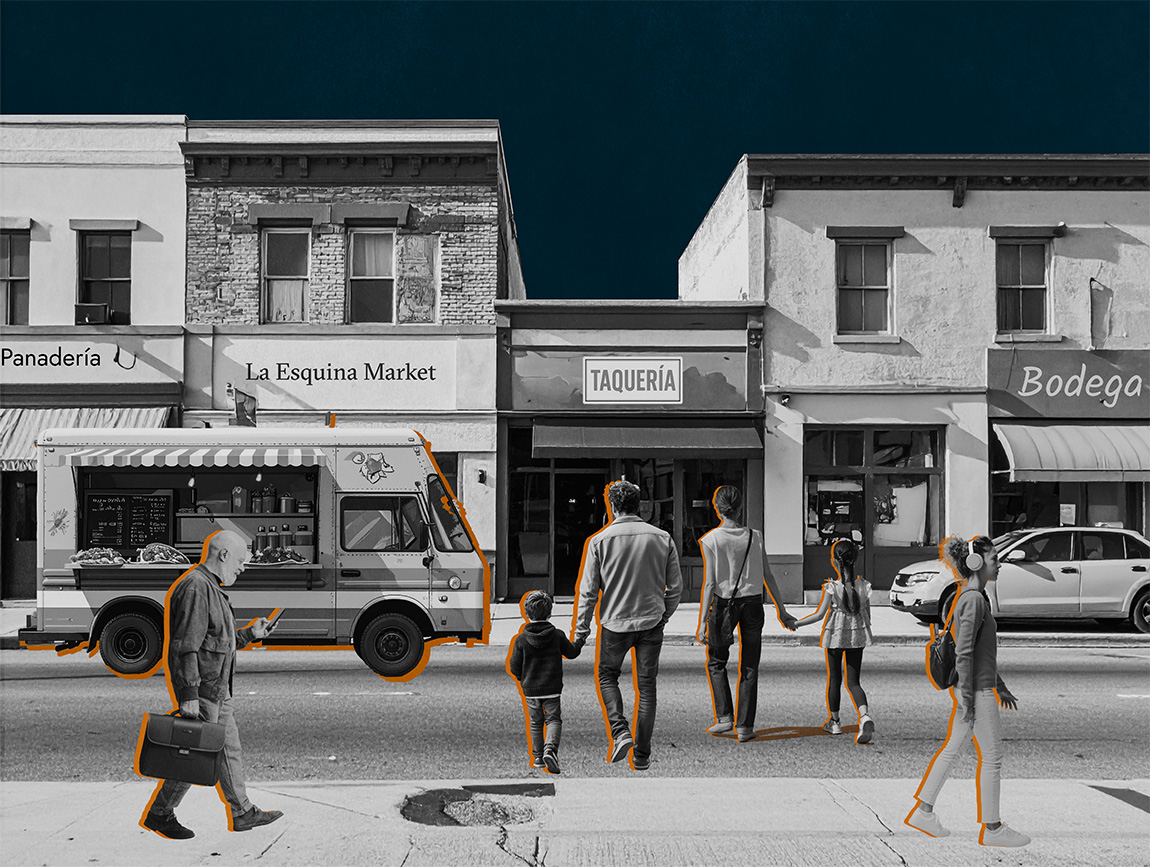
The Rise of Latino America
In The Rise of Latino America, Hernandez & Kotkin argue that Latinos, who are projected to become America’s largest ethnic group, are a dynamic force shaping the nation’s demographic, economic, and cultural future. Far from being a marginalized group defined by oppression, Latinos are integral to America’s story. They drive economic growth, cultural evolution, and workforce vitality. Challenges, however, including poverty, educational disparities, and restrictive policies, threaten their upward mobility. Policymakers who wish to harness Latino potential to ensure national prosperity and resilience should adopt policies that prioritize affordability, safety, and economic opportunity over ideological constraints.

Exodus: Affordability Crisis Sends Americans Packing From Big Cities
The first in a two-part series about the Great Dispersion of Americans across the country.
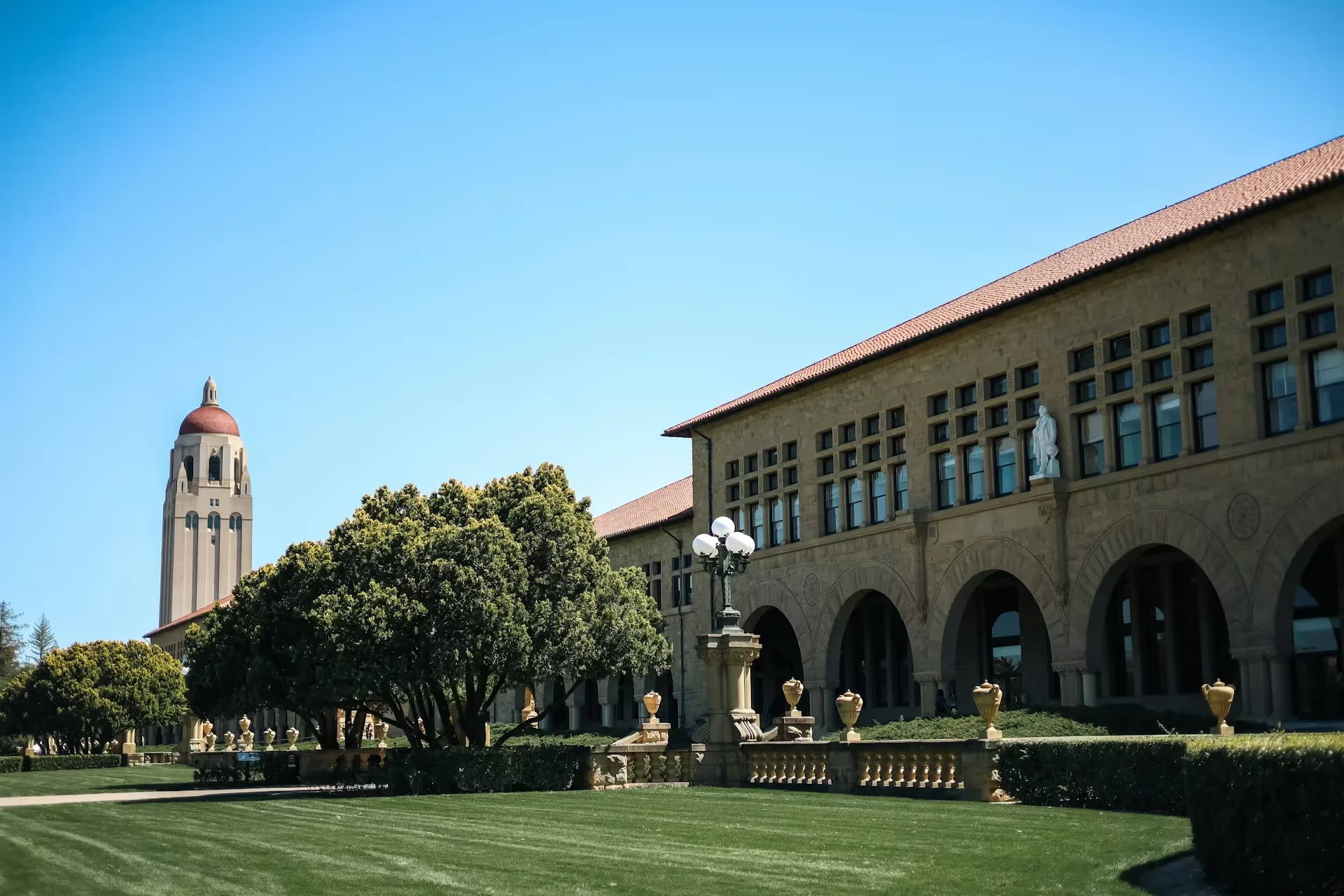
Stanford’s Graduate Student Union Tries to Stifle Dissent
The university may fire me because I won’t pay dues to a labor organization whose views I find repugnant.
.webp)
The Wealth of Nations at 250: Adam Smith’s Blueprint for the American Economy
Ideas of few books have shaped the economic logic of the American experiment more profoundly than The Wealth of Nations, even when Americans have not always realized it as an agent that promotes prosperity and reduces poverty.


